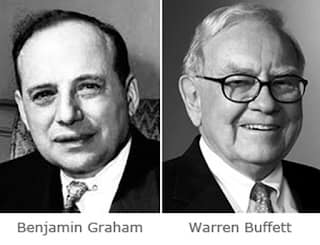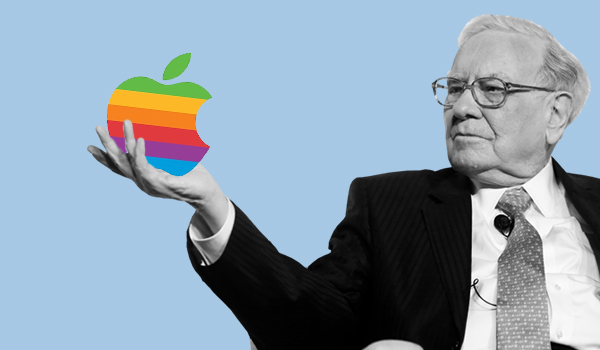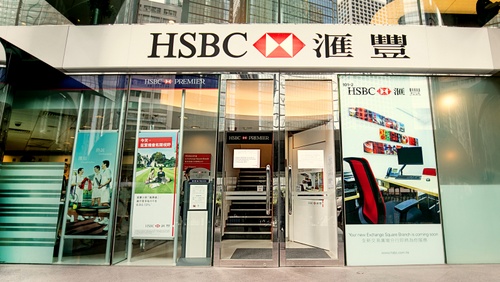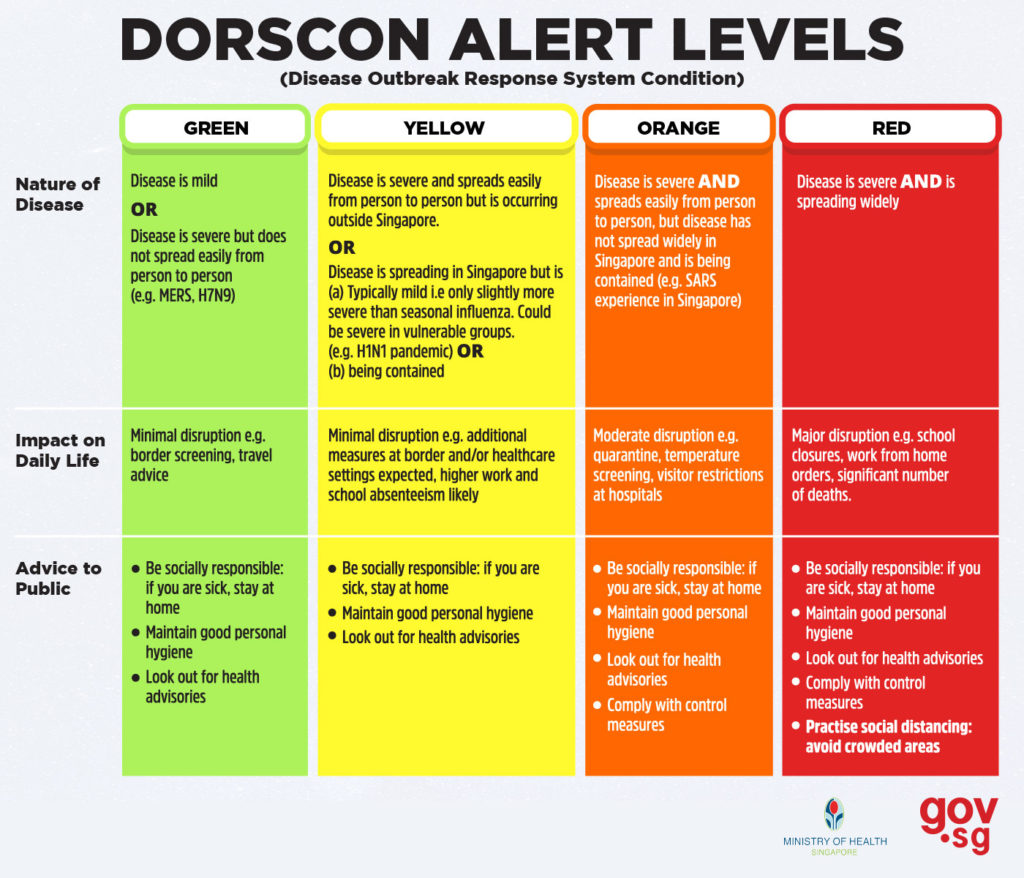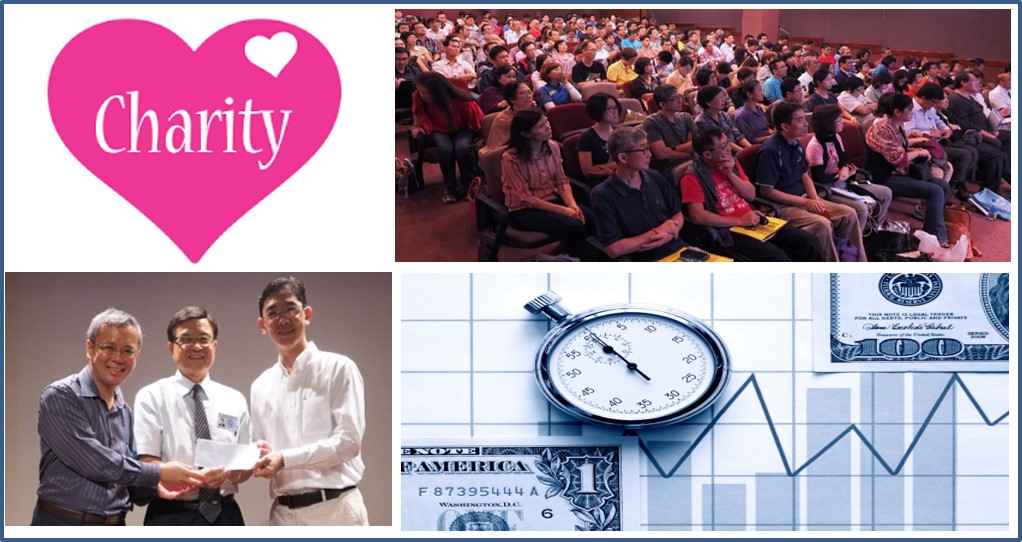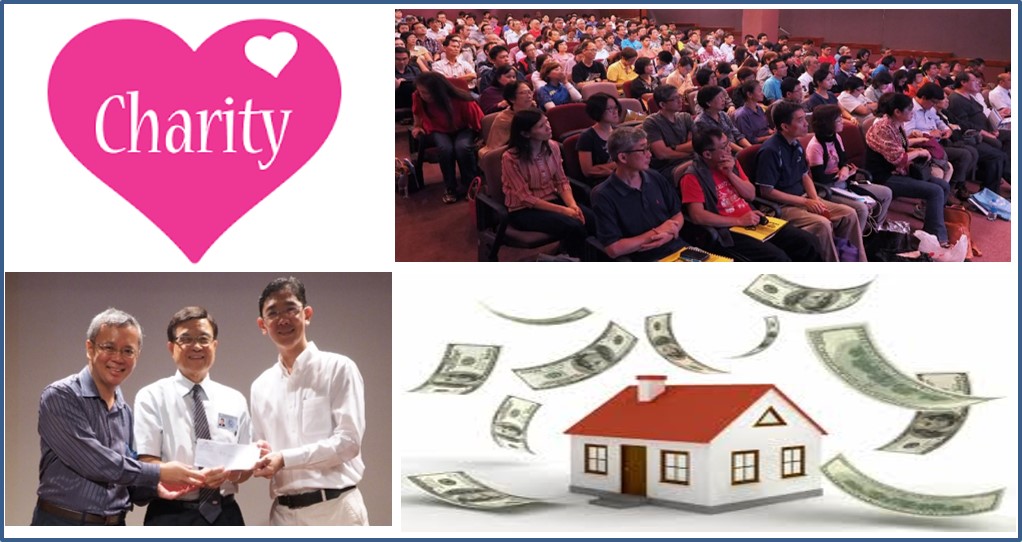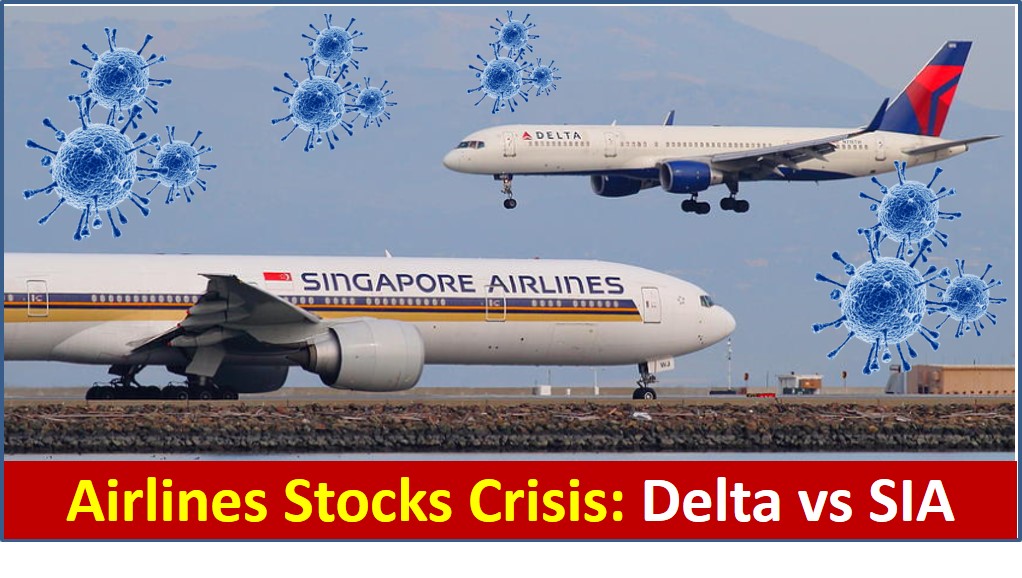
Both Delta Airlines (NYSE: DAL) and Singapore Airlines (SGX: C6L) are well known international airlines. However, choice of stock for investing is different from choosing airline as a passenger. We need to consider from investing perspective, both business performance and share prices.
Delta Airlines is a giant airline stock with strong business fundamental. No wonder Warren Buffett starts to collect more of this stock despite the price falls like a knife which he is not afraid to catch it as he believes the bleeding period is within his tolerance level to exchange for 1/3 discount (26% optimism, near to low optimism <25% but in downtrend direction, Ein55 members may monitor when it may recover again while optimism is still low).
Our dear Singapore Airlines is not a giant stock, fundamental is below average, optimism (28%) is approaching low (towards 25%) but long term potential is relatively weaker, more suitable for short term trading (when timing is right), not for investing.
Some smart investors select stocks as if choosing life partner, holding for long term to maximize the value of partnership, therefore won’t miss when the rare opportunity has come. However, no one would know the “perfect” moment (eg. the lowest price). For Warren Buffett, he just needs to buy with discount within his acceptable limit, buy low enough, no need to speculate the lowest price and he could hold till recovery in both business and share prices.
==================================
Drop by Dr Tee free 4hr investment course to learn how to position in global giant stocks with 10 unique stock investing strategies, knowing What to Buy, When to Buy/Sell.
Learn further from Dr Tee valuable 7hr Online Course, both English (How to Discover Giant Stocks) and Chinese (价值投资法: 探测强巨股) options, specially for learners who prefer to master stock investment strategies of over 100 global giant stocks at the comfort of home.
You are invited to join Dr Tee private investment forum (educational platform, no commercial is allowed) to learn more investment knowledge, interacting with over 9000 members.

